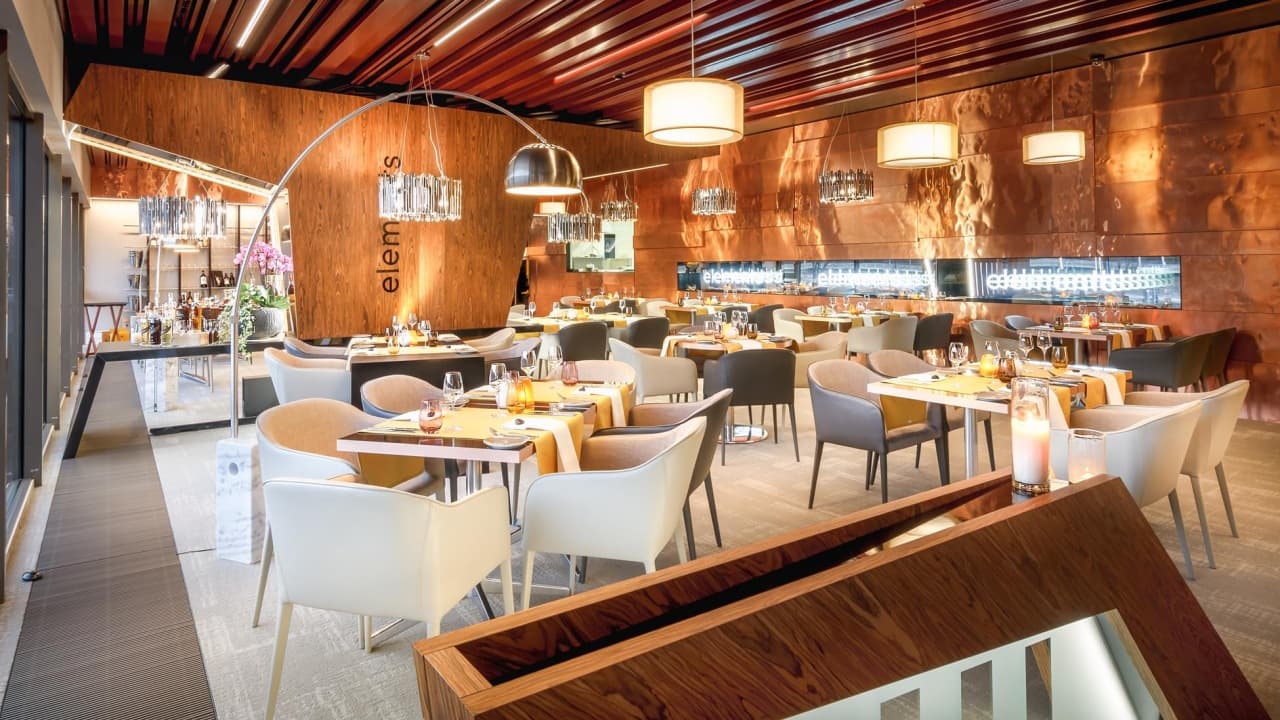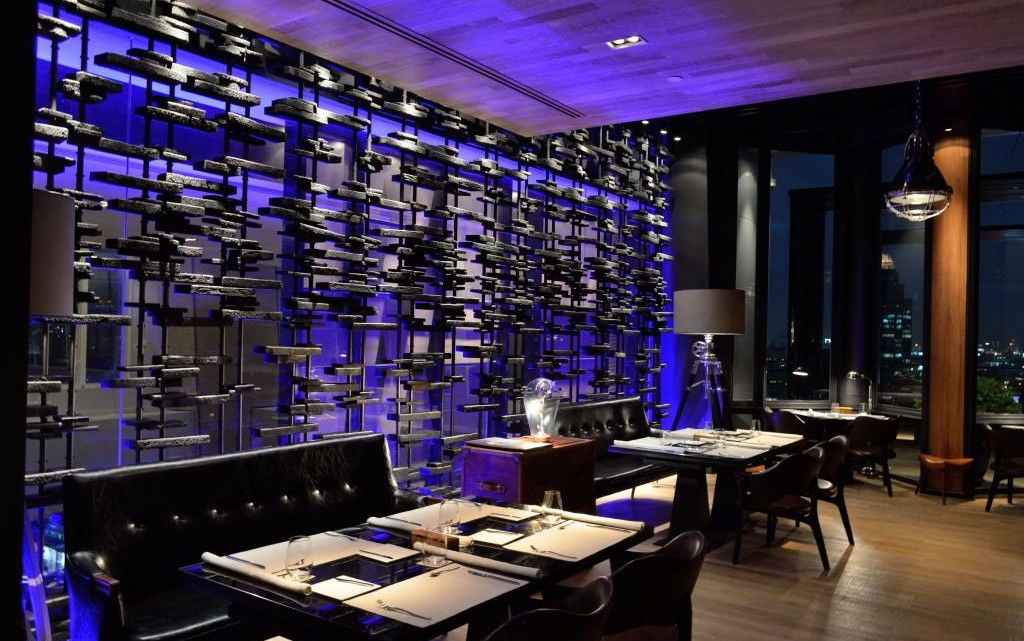
By the time the main courses rumble to the table, though, it’s clear that Le Rock’s heart lies in the roll-up-your-sleeves, tuck-a-napkin-in-your-collar bistro tradition. This top-heavy menu can make the meal’s start somewhat chaotic. And the leeks vinaigrette - roasted leek whites bundled inside leek greens and then grilled before being unwrapped at the table and dressed with an emerald-toned herb oil with, no doubt, even more leeks - could upstage a flambéed duck. Some of the smaller ones get lost in the shadow of official appetizers like the thick plank of pistachio-studded pâté maison wrapped in bacon, or the snails in individual porcelain cups under lids made of toast that will drink up the hot butter, thick with garlic and parsley and bits of fried pancetta. These shirt-pocket-size amuses are easy to like, but they aren’t all easy to share, and most aren’t big enough to make an appetizer for one person. Costing about twice as much, but still cheap by the standards of this menu, are falafel so tender and good that I stopped caring what made them French and some really delightful fried ravioli by way of Monaco, stuffed with herbs, chard and ricotta and traveling under the name barbajuans. The ones at Le Rock are more like bar snacks, and are priced that way: for $6 you can have a creamy little drum of the herbed cheese spread that the Lyonnais call cervelle de canut a few spoonfuls of rosy chicken-liver mousse under a purple sheet of jellied port or crisp breakfast radishes with old-guard butter curls. Or you could ease into a meal with what the menu calls “amuses.” Frenchette has these, too, but there they are almost the size of the appetizers. There is nothing wrong with this at all, but some of the less expensive choices were more dynamic, like a thinly sliced razor clam piled back into its shell with cilantro and a trickle of lime juice, or a glistening mound of raw spot prawns in the middle of a pool of lemon vinaigrette made with the rich and briny goo squeezed from the prawns’ heads. Anyone willing to pay “market price” ($68, when I had it) can dip into the body of a Dungeness crab for chunks of meat in horseradish-mustard mayonnaise, hidden under striped rows of chives, capers and grated eggs. Where Frenchette offers six oysters with spicy red finger-length chipolata sausages, Le Rock keeps a whole arsenal of chilled shellfish, like a Boulevard Montparnasse brasserie, though on a smaller scale.

The early part of the meal can go in any number of directions.

This lets it cater to the all-American demand for lots of choices. Like most French restaurants in New York that aren’t chasing after haute cuisine, Le Rock cherry-picks elements from the bistros, brasseries and grand cafes of France. The menu has a sense of adventure for which you usually have to go downtown, where its owners, the chefs Riad Nasr and Lee Hanson, spent most of their careers. The motto of some Midtown kitchens might as well be “Don’t frighten the horses.” Not at Le Rock, where there are blood sausages, snails and tablier de sapeur, a breaded and fried plank of tripe straight out of the gutbucket bouchons of Lyon. With the arrival of Le Rock this summer on the opposite side of the rink, things started to get truly exciting. Lodi, the small, Milanese-style cafe that the chef Ignacio Mattos opened last year in a spot just south of the skating rink, was the first interesting new place to eat on the plaza in ages. The dining scene’s center of gravity moved downtown so long ago that mediocrity seems like Midtown’s natural state.īut there’s nothing preordained about that, and the evolution of Rockefeller Center under its current owner, Tishman Speyer, is the proof.

After that, Rockefeller Center went for years without having a restaurant that you’d really go out of your way for. The dark ages probably began when the Rainbow Room stopped taking reservations and turned into a wedding space.


 0 kommentar(er)
0 kommentar(er)
